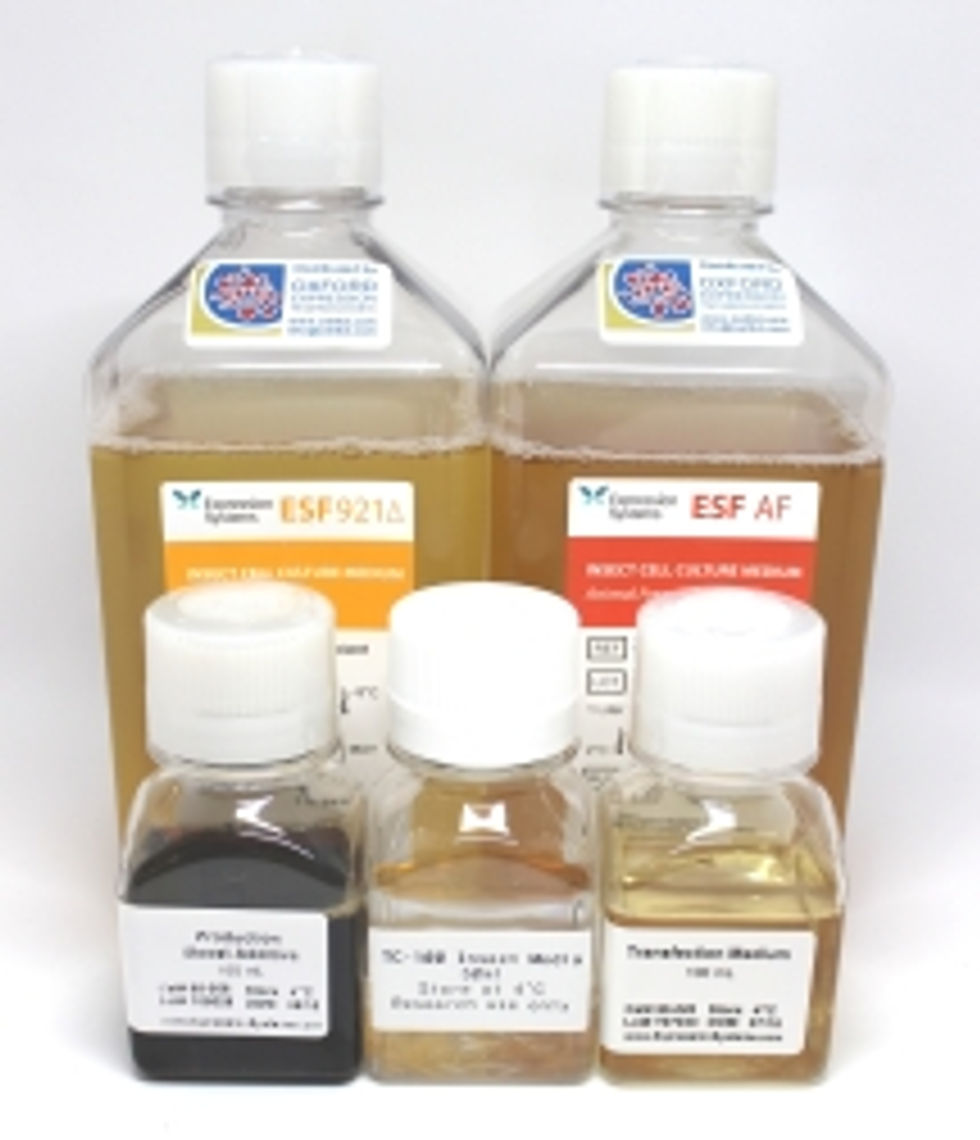Growing Mammalian Cells Successfully
- yelluk

- Nov 26, 2018
- 3 min read
While OET Ltd has built its reputation on baculovirus-insect cell expression systems, we also undertake work that requires growing mammalian cells successfully too. Much of this work involves the transduction of these cells with BacMam vectors to express genes placed under the control of mammalian-specific promoter elements. Some of our work in this area was recently published and involved the generation of improved BacMam vectors for transducing both mammalian cells in culture and also human pancreatic islet cells for pre-clinical tests of gene therapy.
If you aren’t familiar with the term “transduction” it simply refers to the inoculation of mammalian cells with virus. It is used instead of “infection” as the baculovirus does not achieve a productive round of replication in these cells but simply serves as a vehicle to introduce genes for expression.
Growing mammalian cells for use in transduction experiments is not particularly difficult, but if you are only familiar with insect cells there are some key differences. We should point out here that this blog is not trying to present a comprehensive list of methods for culturing mammalian cells – it just aims to give some guidelines to those of you new to their culture.
Perhaps one of the most important things to appreciate is that the media used to grow mammalian cells almost always requires the use of an incubator gassed with carbon dioxide. This serves to maintain the correct pH of the cell culture medium being used. It is also red in colour compared to the yellow tinge of most insect cell culture media. The red colour varies from almost orange (too acidic) to purple/red (too alkaline) depending on both the condition of your culture and the degree of C02 in the incubator.
Another very important difference between the culture of insect cells and mammalian cells is that when grown as monolayers it is usually necessary to harvest the cells prior to their sub culture using trypsin/versene. This combination of reagents gently disrupts the bonds between cells and the plastic growth surface to release them into a suspension. These cells can then be counted/viability checked and used for experiments or further passage.
Mammalian cells are normally grown at 37°C rather than the 28°C for insect cells. However, their growth can be slowed by reducing the temperature to 33°C.
OET doesn’t sell mammalian cell lines, but they are readily available from various suppliers. You may have colleagues/collaborators that are currently culturing the cells you need, so it is highly likely that you can obtain some for free. However, while this option is very attractive for keeping your costs low, you do need to ensure that the cultures you obtained are free of mycoplasmas. Mycoplasmas are bacteria lacking a cell wall around their cell membrane and as a consequence are resistant to many antibiotics such as penicillin. They are very small and difficult to detect using conventional microscopes. They truly are the curse of any cell culture laboratory as they can affect cell growth. While insect cells may also become infected with mycoplasmas, mammalian cell cultures are particularly susceptible. This is probably because most mycoplasmas are mammalian in origin, with us humans a prime source of contamination. If you don’t wear gloves when working with cells and cover up other exposed skin surfaces you are asking for these little bugs to enter your precious cultures! It is also a good idea to remove your watch, if you still wear one, as how often does a strap get washed?
So if you obtain any mammalian cell cultures from a source that cannot certify them as mycoplasma-free you should initially quarantine them until you can perform an appropriate test. We won’t recommend any particular method here, but one based on quantitative PCR works best in our opinion. We test all of our cells every six months – both insect and mammalian species to be on the safe side.
If a cell line is mycoplasma contaminated it is possible to treat with specialised antibiotics, but our advice would be to discard the infected cells and obtain a new sample from a reputable source. To ensure that your contaminated stock is mycoplasma-free is trying to prove a negative, which is always difficult.
Although it may sound as though mammalian cell culture is difficult and fraught with problems, it is not as bad as it appears. If you adopt some basic good practices there is no reason why growing these cells should be any harder than maintaining insect cells.
If you need any advice on growing either mammalian or insect cells just contact us via info@oetltd.com and we will see if we can help.



Comments